The Tallest Statue in Indonesia, of Vishnu Riding A Garuda, and Jimbaran Beach in Bali





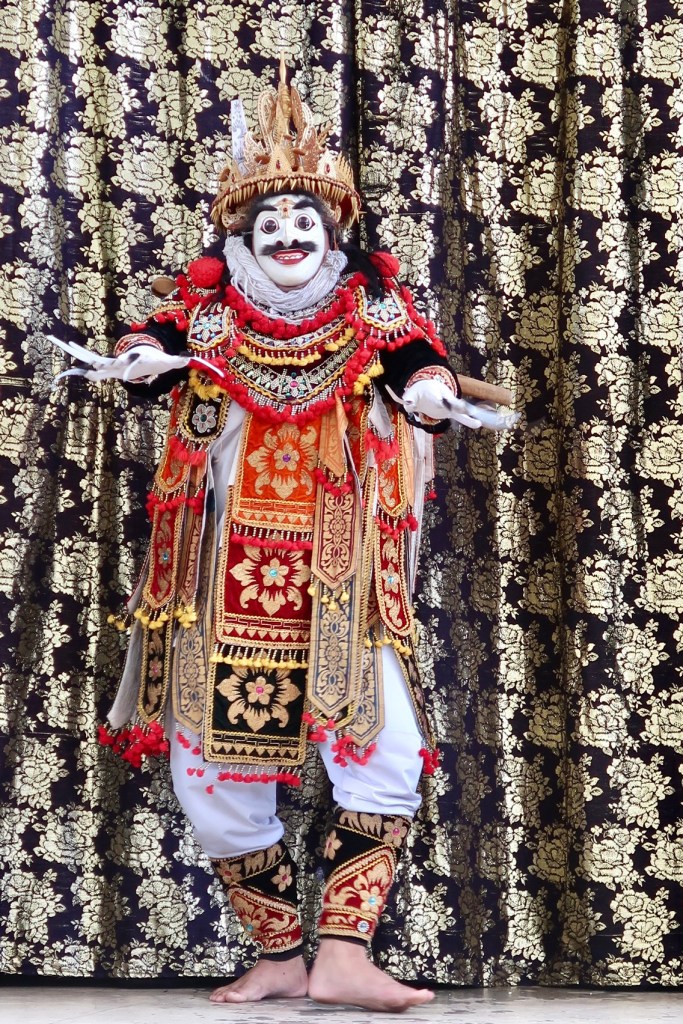

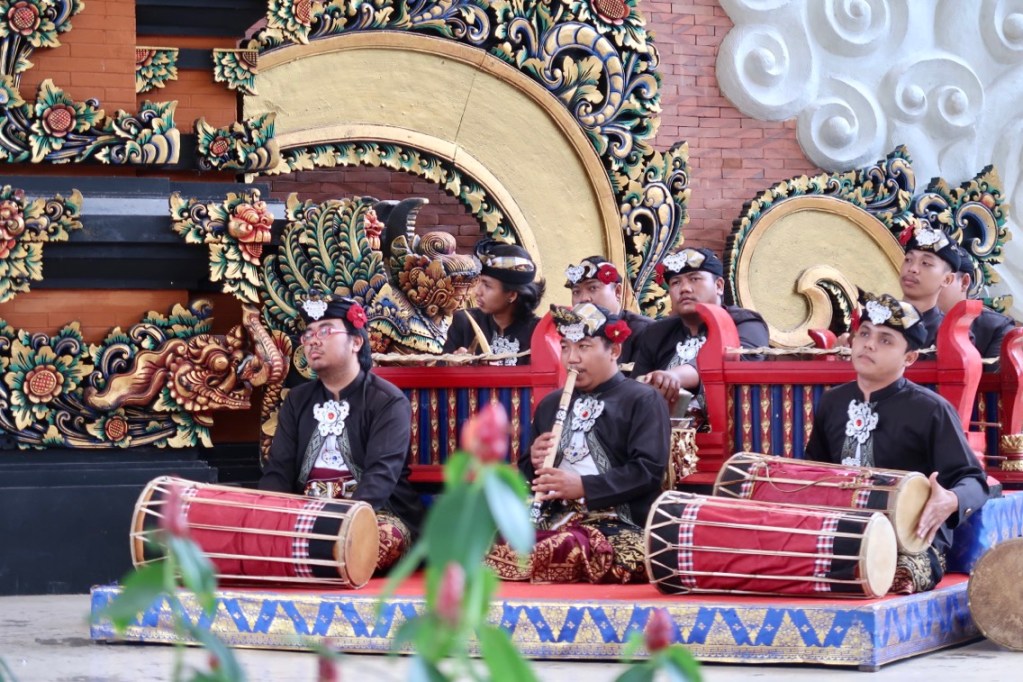

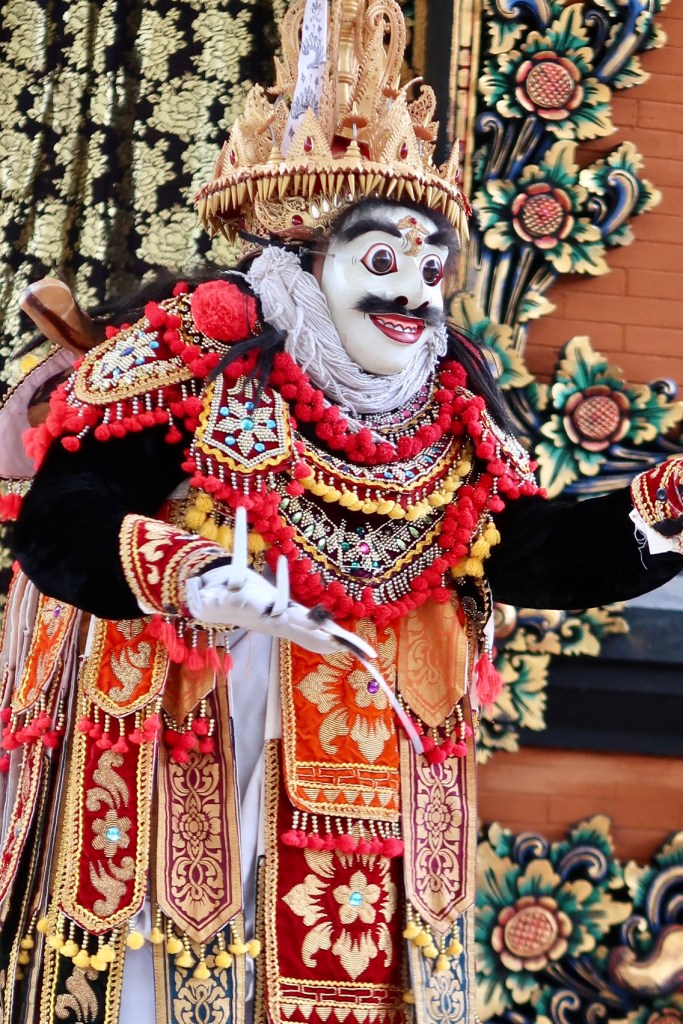





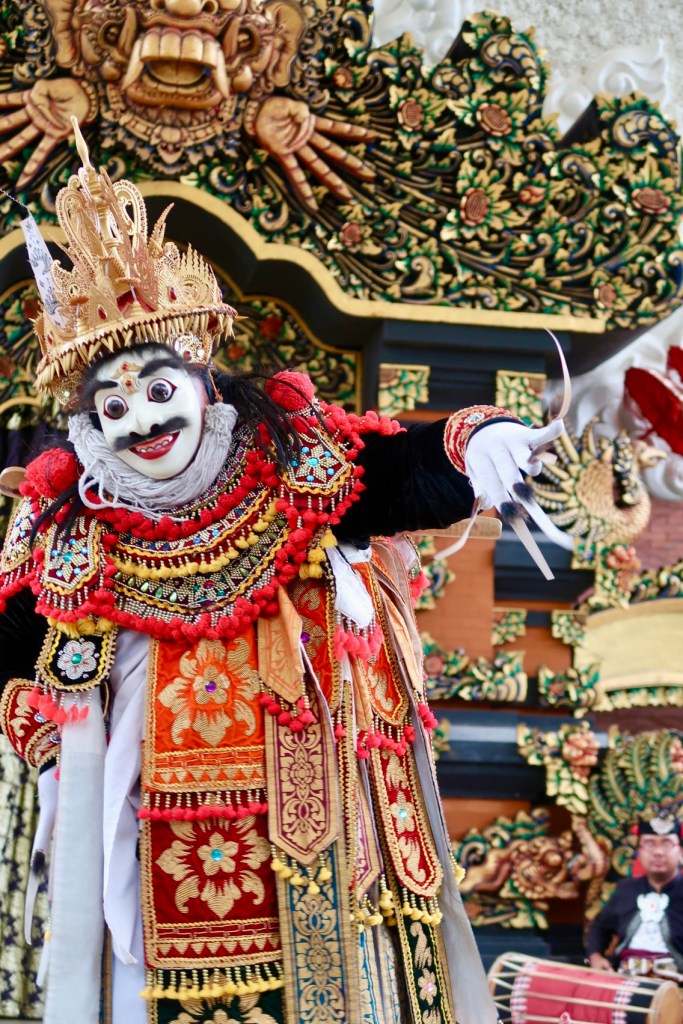
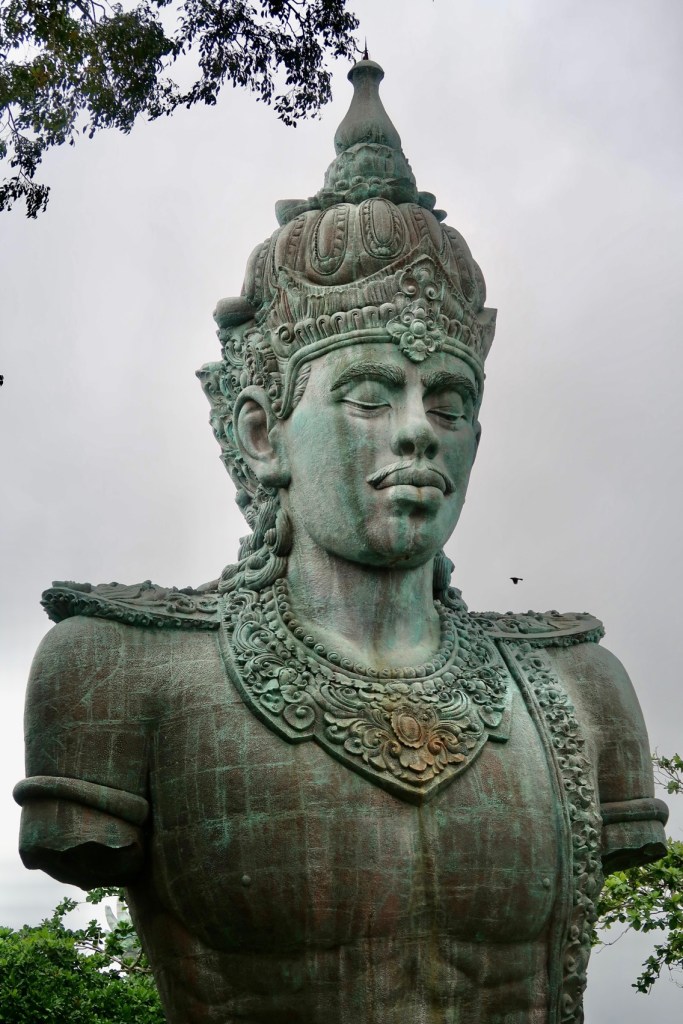

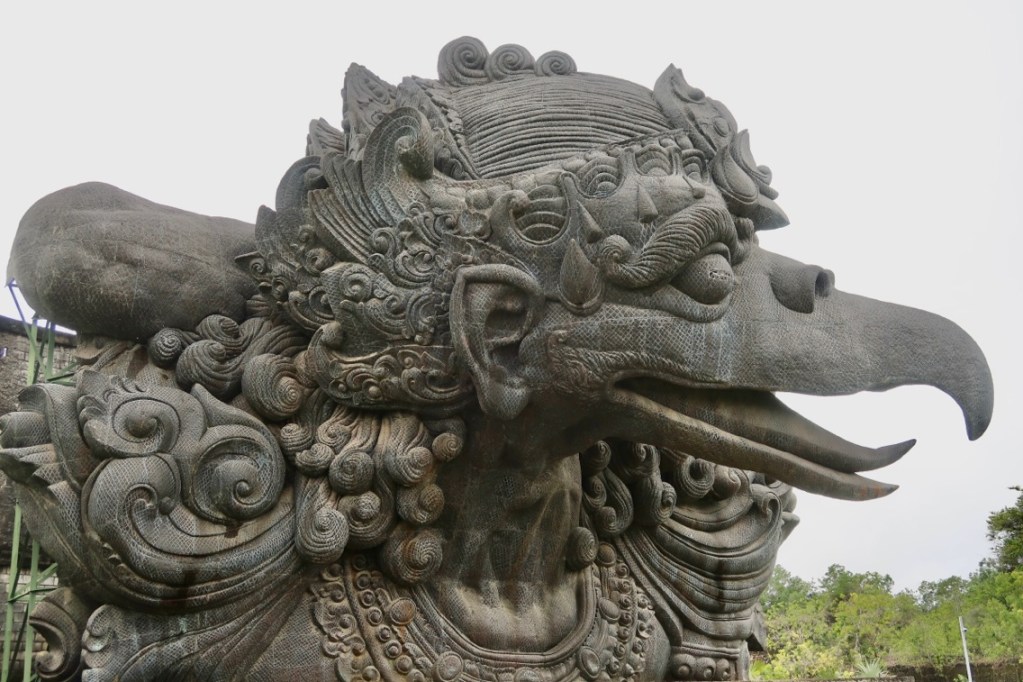













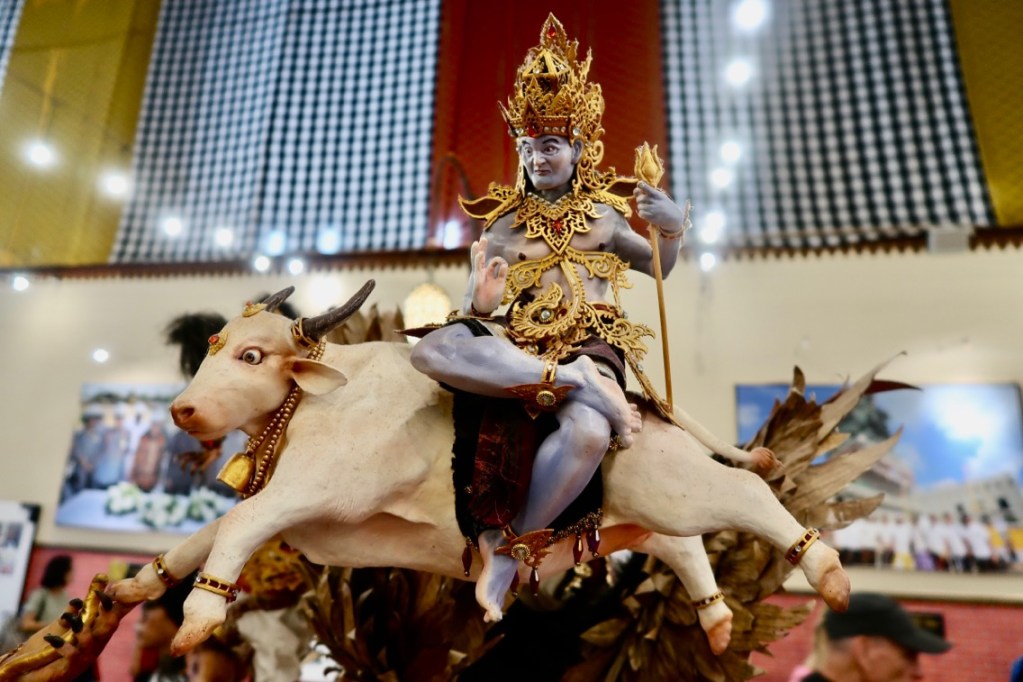

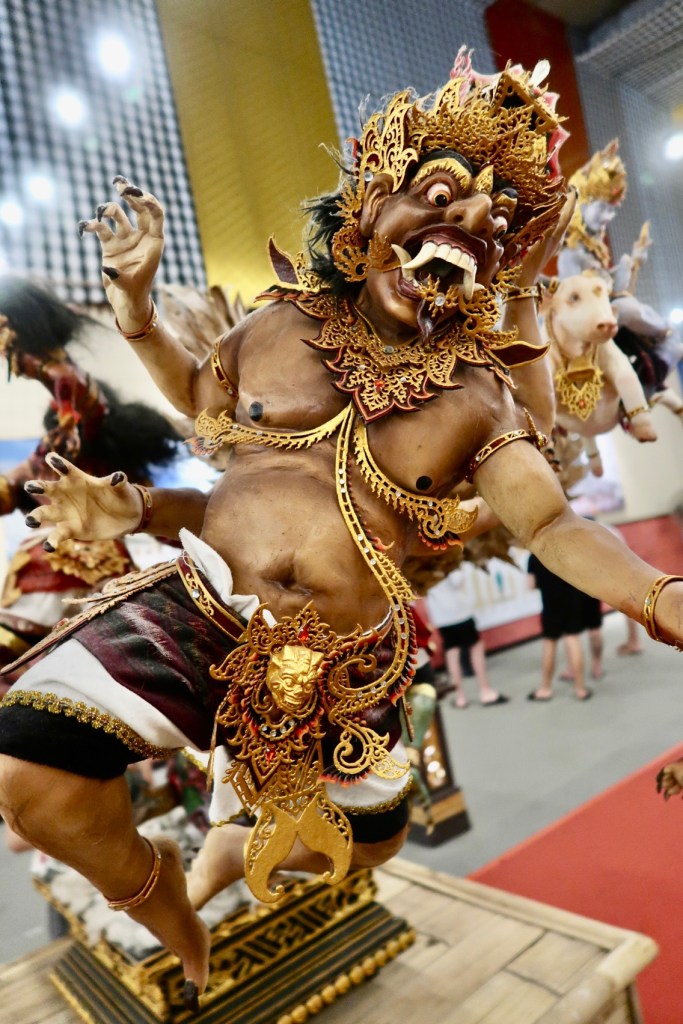







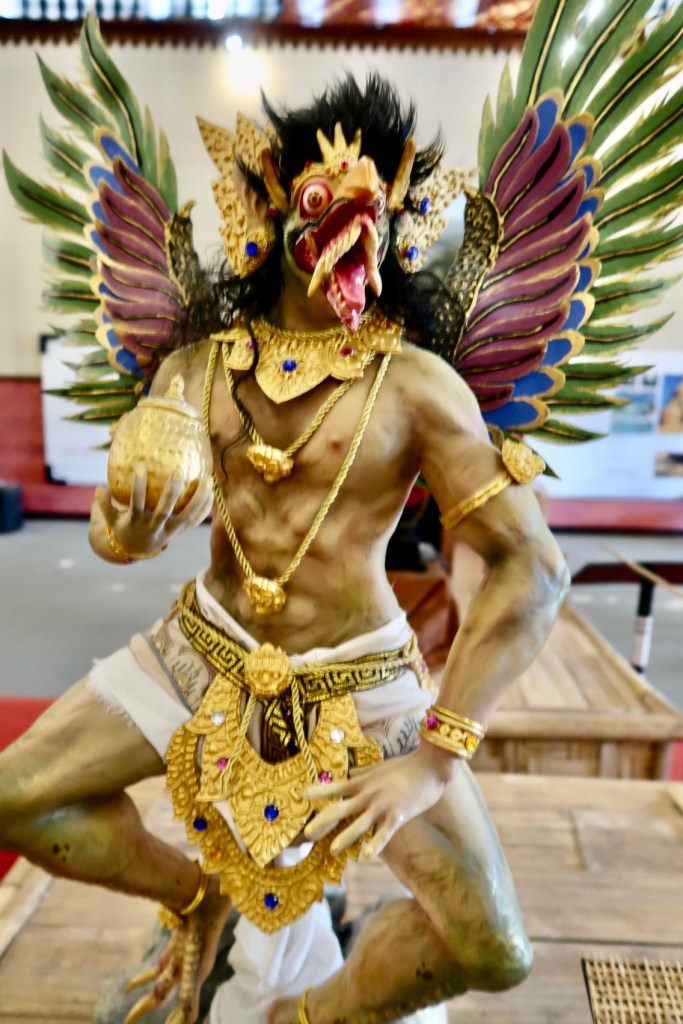










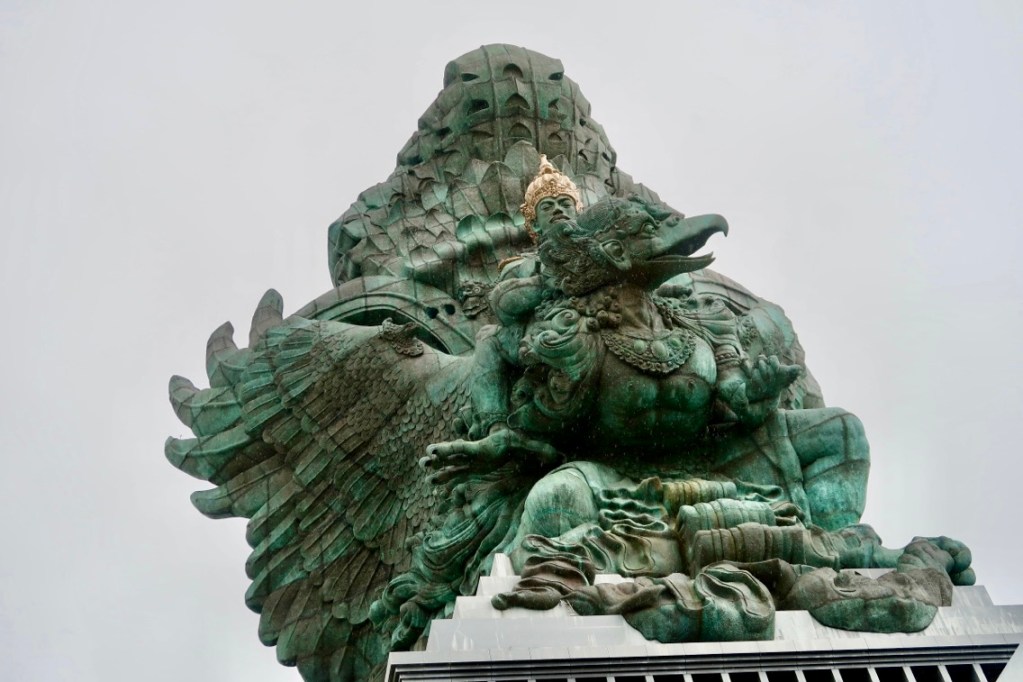
The Tallest Statue in Indonesia, of Vishnu Riding A Garuda, and Jimbaran Beach in Bali
Besides enjoying the beaches in the Seminyak-Kuta area, there is not much sightseeing to do in the area.
You can visit the local temples, which are always amazing with beautiful thatched roofs, lovely shrines and ominous looking stone guardians.
These temples are tended to by the local fishermen, who make daily offerings of flowers, rice and cigarettes to the gods, hoping for protection from storms and for an abundance of fish in their nets.
These offerings are presented to the gods daily in small woven baskets that are handmade by the local women.
Shop owners also place these small baskets of offerings in front of their shops, hoping for good business.
People come to this area to learn yoga, to learn how to surf, get better tattoos for less money, get cosmetic or dental procedures for less money, or just for a restful beach vacation which offers good food and a relaxed atmosphere in luxury hotels or elegant and comfy villas for very reasonable prices.
We wanted to get to know the island of Bali better, so we hired a taxi driver to take us to see the southernmost part of the island.
Initially, we made a very modest plan for the day, hoping to see the Uluwatu seaside temple, the Vishnu Garuda Statue and the beaches of Jimbaran.
But our taxi driver started sweating as he saw the heavy traffic. It took us an hour to cover just 15 kilometers.
He hated to stand still in traffic, and would rather take a long detour on badly broken asphalt, instead of standing in a line of cars and scooters.
This resulted in long delays.
We have learned that sometimes in life, you cannot force your way.
Sometimes you have to modify your experiences and expectations, based on the traffic that day, the personality of the driver that you hired, and the fact that none of this really matters in the grand scheme of things.
It is all just for fun and games, and should never be taken too seriously.
Madē, our driver, was sweating and mumbling, twisting his arms nervously, and was visibly relieved when we decided to cut out Uluwatu temple, which is also said to have aggressive monkeys that grab people’s sunglasses or bags and harass the tourists.
It was obvious that Madē was hoping to earn his daily bread, not from driving us around and wasting his expensive petrol, but by waiting for us while he smoked cigarettes, as we toured places on foot.
The Garuda Vishnu Kencana statue, (also known as the GWK statue) is a 122-meter tall statue located in its own cultural park.
It was designed by Nyoman Nuarta and was said to have been completed in September 2018, although work is still being done in the building on which it is mounted, in preparation for the G20 summit which will be taking place in Nusa Dua in Bali in November.
The total height of the monument, including the 46-meter building that it is mounted on, is 122 m (400 ft).
The statue is Indonesia’s tallest, and it is inspired by the story of Garuda's search for Amrita, the elixir of life.
According to the story, Garuda agreed to be ridden by lord Vishnu, in return for the right to use the elixir to liberate his enslaved mother.
No doubt it is an impressive statue.
It is made of copper and brass sheets, mounted over a steel frame, with a reinforced concrete core.
It took twenty-eight years and around $100 million USD, to build.
We had to take shuttle buses inside the park to get to the statue. Walking was not allowed as some of the roads were still under construction.
Only the ground floor of the statue was open to the public,
displaying a good sculpture exhibition depicting mythical creatures, demons and the seemingly eternal battles between our divine nature of love and goodness, and the mortal tendency to be angry and fearful.
In the park, there is also a small theater with a traditional masked dancer accompanied by a Gamelan orchestra.
A Gamelan is the traditional musical ensemble of Java and Bali, made up predominantly of percussion instruments.
The most common instruments used are metallophones, played with mallets, and sets of hand drums, called Kendang, which register the beat.
They also use a banana shaped bronze instrument called a Kemanak which produces a unique sound.
The music was wonderful to our ears and the elaborate costume of the dancer was tantalizing.
From the park, we returned to Seminyak via the beaches of Jimbaran.
In the south, Jimbaran beach has some of the priciest hotels in Bali, like the Four Seasons and Raffles.
The beach does not offer endless surfing rentals like in Kuta and Seminyak; instead, people go to Jimbaran beach to have seafood dinners on the beach.
There are many restaurants on the beach, each offering seafood selections at competitive prices.
We did not eat the seafood; instead, we sat on plastic chairs in front of the sea, drinking coconut water from coconuts that an old lady had opened for us with a machete, for a dollar.
It was delicious….
Since we started this trip in Thailand, I have drunk fresh coconut water almost every single day of our journey.
To me, it is almost the perfect drink/food, along with ripe mango, mini banana and dragon fruit.
From Bali with love,
Tali